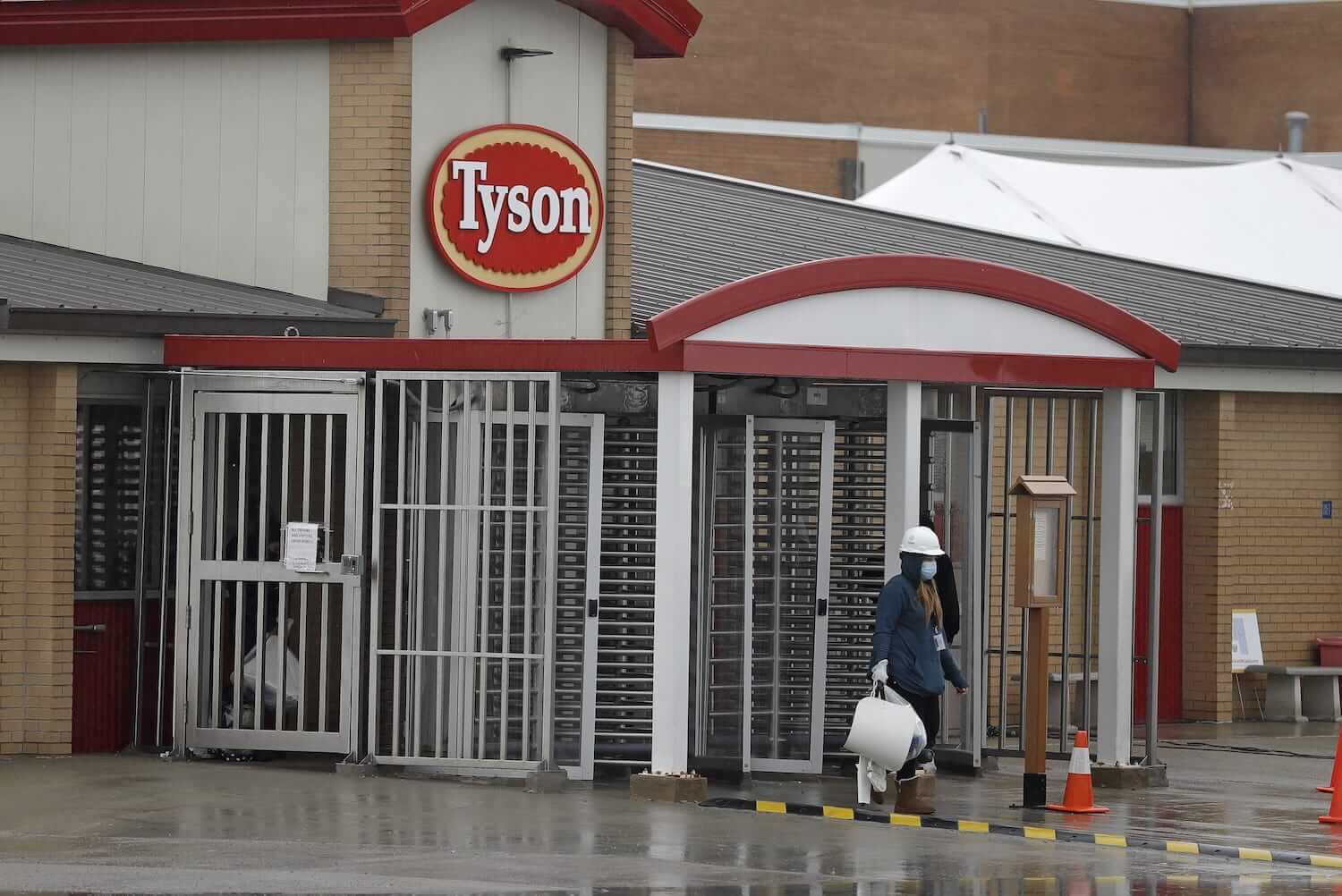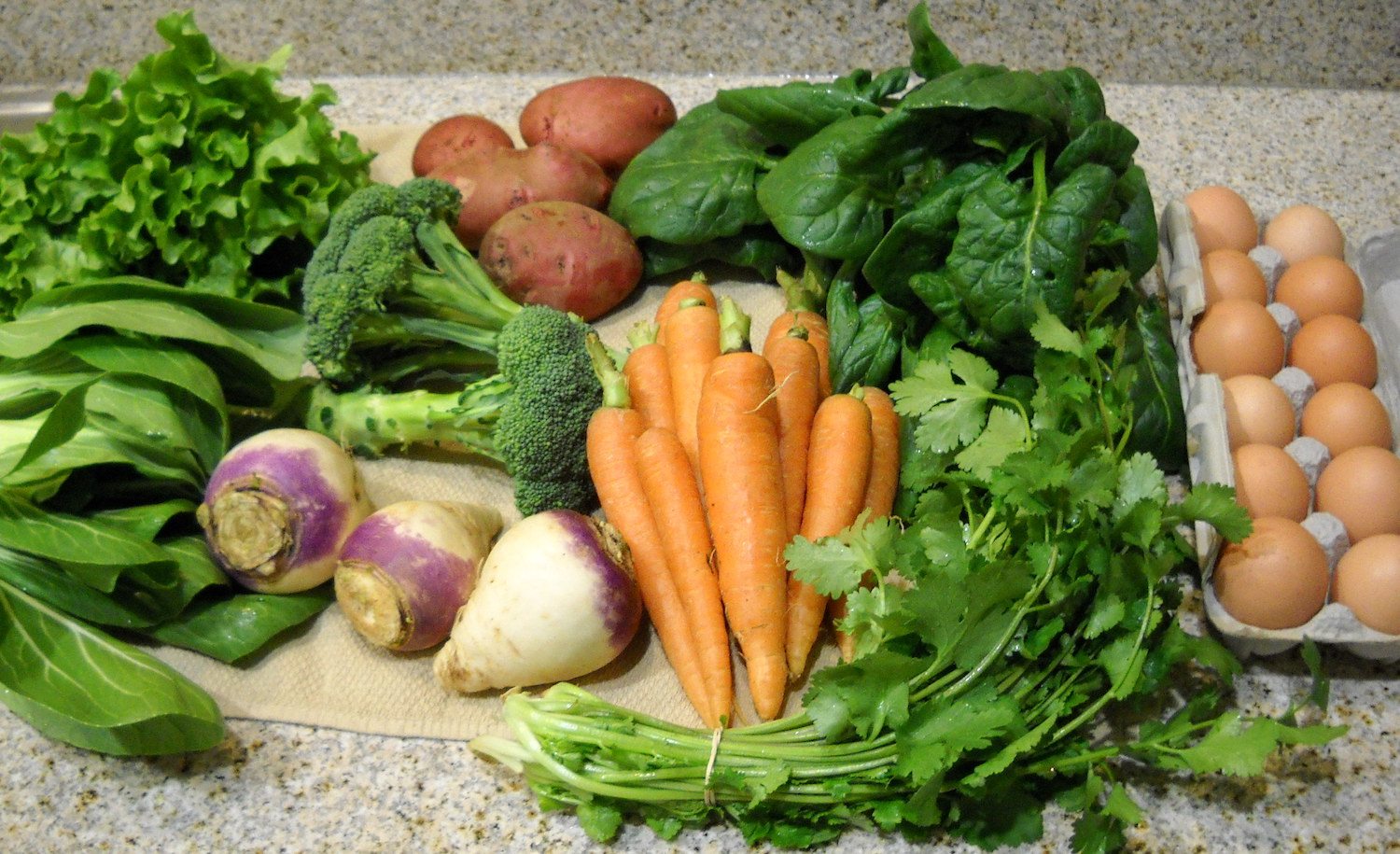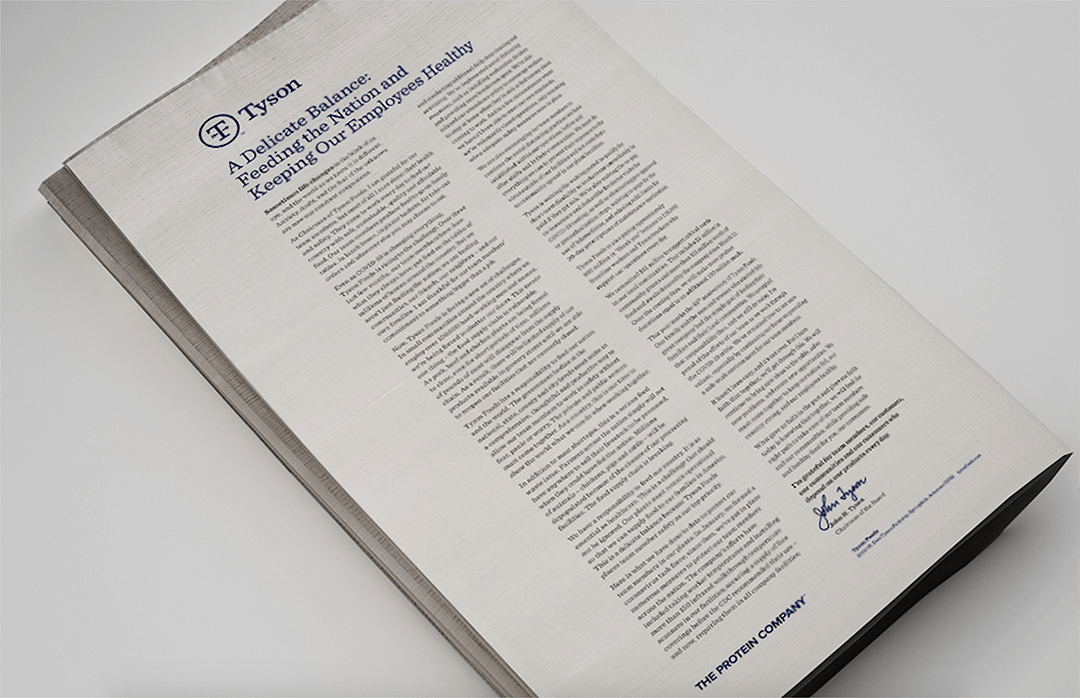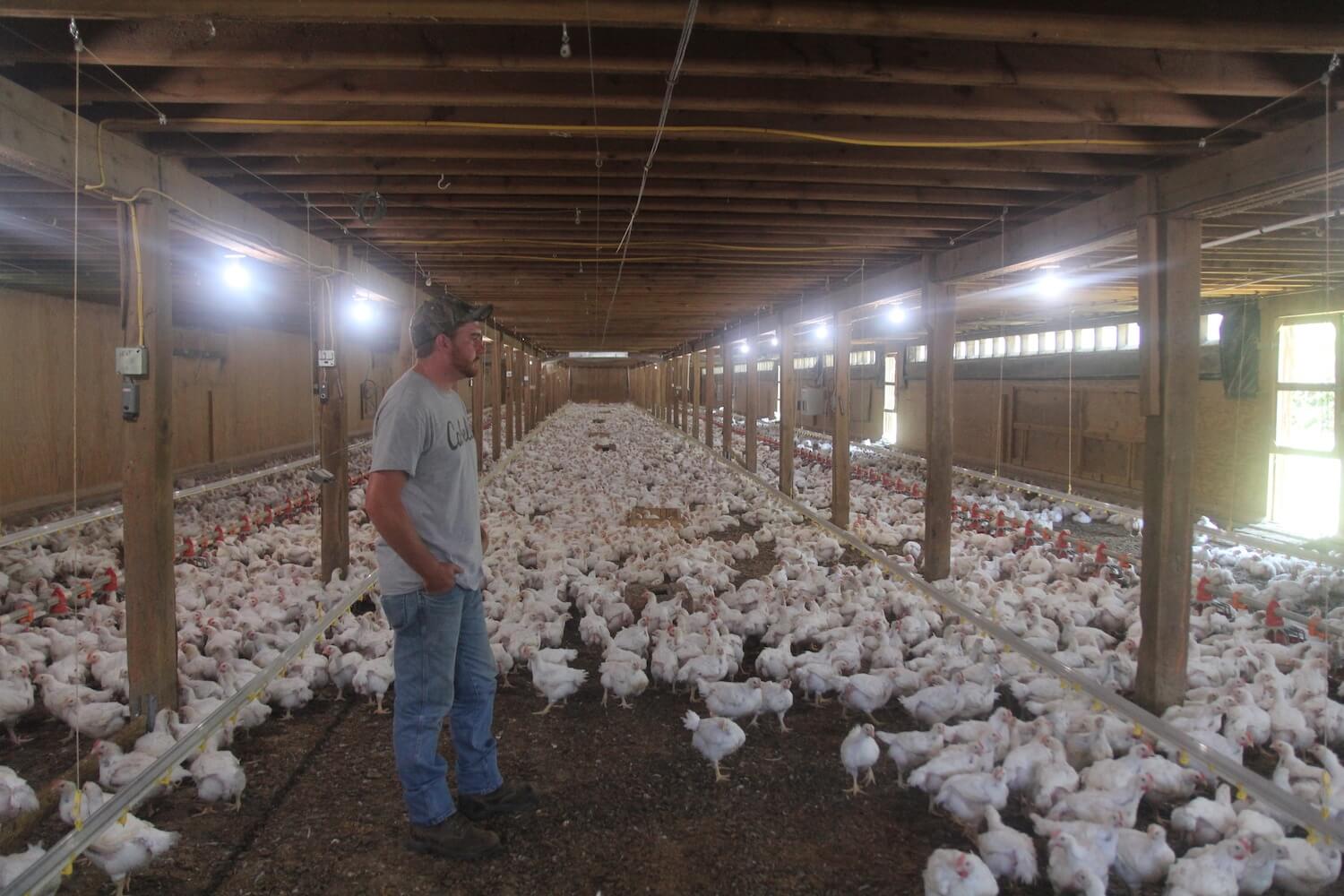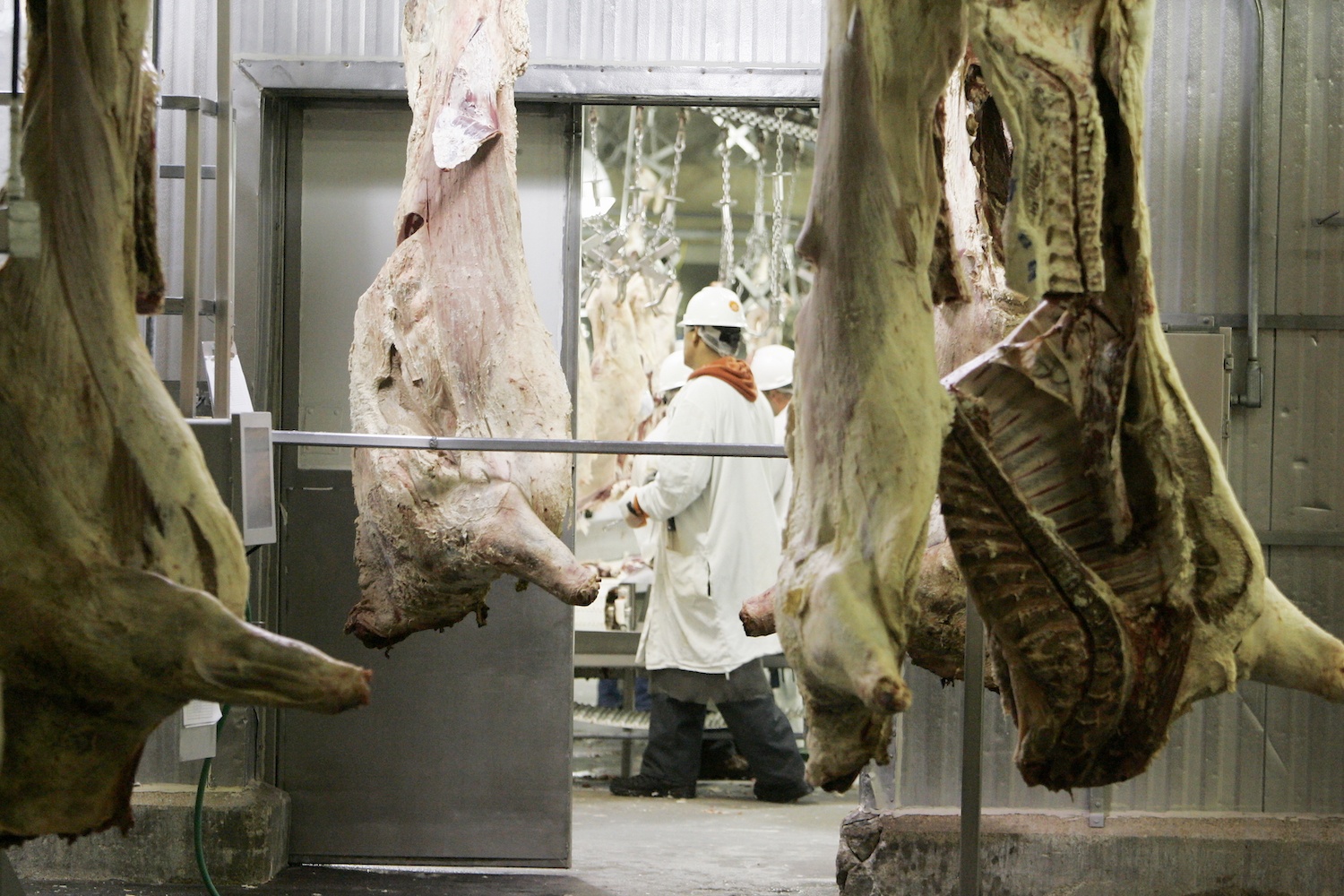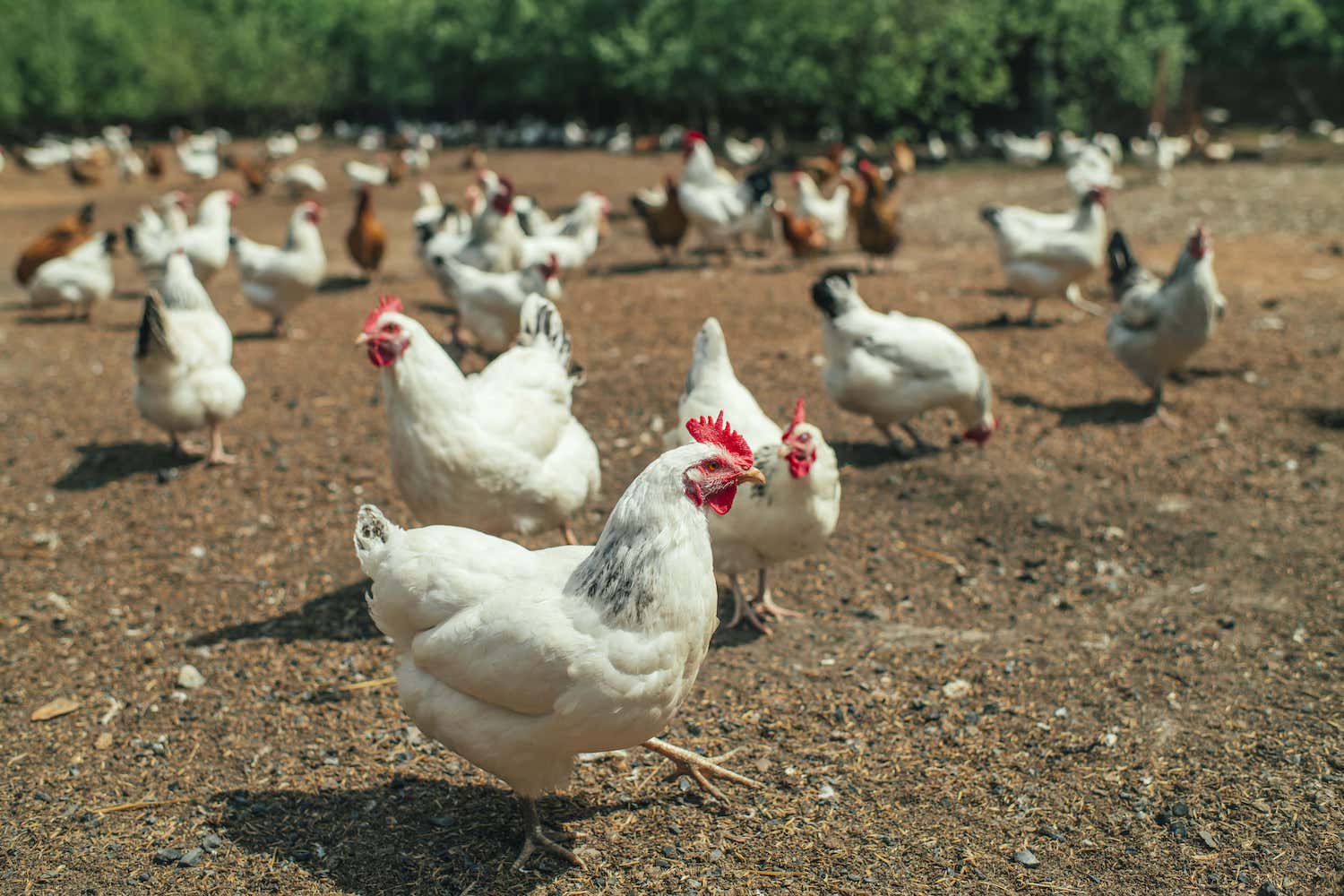
iStock/ArtMarie
As large poultry producers hit production roadblocks, their small-scale counterparts are adapting to a surge in demand.
Until recently, Dave Jordan sold seven sizes of chickens to restaurants every week. After overseeing their lives from infancy through slaughter, he would drive freshly harvested birds from his Arizona ranch to metro Phoenix’s top restaurants. At a given time, he kept some 6,000 birds. They ate $3,000 in feed a week. With just one full-time employee and four part-timers, he sold 20,000 chickens per year—a recurring weekly order of 50 birds of 1.5 pounds here, an order of two dozen 4-pounders there, and so on. It took Jordan a decade to develop and massage his system. In mid-March, that system appeared to have collapsed overnight.
On March 17, Phoenix mayor Kate Gallego closed restaurants for dine-in service due to the spread of the coronavirus. Within days, nearly all of Jordan’s restaurant clients had canceled their orders.
“When it first happened, I was just in this dreamworld,” Jordan said. “Because I would come out my door, the sun rose, the chickens were all still there, the chickens were just as hungry. The days were just as long. Nothing changed.”
Jordan had hundreds of birds ready for slaughter, thousands more in earlier stages of growth. He had a $20,000 feed order en route to his ranch. And while those pieces remained in motion, the hard-won market for his birds had cooked.
“In the meat world, we’re still seeing a ripple effect from this, with large meatpacking plants going offline.”
Since mid-March, Covid-19 has drastically changed the poultry market in the United States, the world’s largest producer of meat chickens. In a mid-April report, the Department of Agriculture (USDA) scaled back its 2020 prediction for American meat chicken production, citing less demand from foreign markets and food service. And, in the face of production slowdowns, big chicken producers have started to dramatically reduce their populations.
Loosely, American chicken farmers fall into two groups. First, there are large-scale chicken farmers who raise birds under contract for massive corporations like Perdue and Tyson, comprising more than 90 percent of U.S. chicken production and subject to the whims of corporate owners. Second, there is the remaining sliver of independent farmers like Jordan, who, at 20,000 chickens a year, is big for a small poultry farmer.
Since Covid-19 started to disrupt American poultry, small chicken farmers like Jordan have proven far more nimble than their larger counterparts. With restaurants hamstrung, the offerings on grocery store shelves erratic, and people at home cooking, a growing number of Americans are turning to small farms for their poultry needs.
“Even with losing all of our wholesale accounts, we’ve seen an incredible increase in retail sales.”
Two Wash Ranch is a warren of corrugated barns and pens which Jordan built himself. They spread below the Saguaro-dotted rise of Pyramid Peak, about an hour north of downtown Phoenix. Under slanted roofs eclipsing desert sun, chicks strut in circular steel stock tanks. Laying hens cluck day and night in wire enclosures, guarding them against hawks and coyotes. Though small, Two Wash Ranch falls between boutique and industrial.
Across the country, with some exceptions, producers of Jordan’s size and smaller have generally seen surging sales since the coronavirus arrived.
Near Victoria, Texas, 1915 Farm raised 4,000 to 6,000 chickens per year before the pandemic, all sold to home consumers. Once Covid-19 hit, the farm sold out of chickens within a week. Demand has kept pace, farmer Catherine Klemcke said, creating a bottleneck at the local slaughterhouse. She has ordered more chicks, more feed, and a new pasture wagon that can hold 500 birds, doubling the farm’s capacity. Due to the spike in demand, her farm already met its 2020 sales goals by April.
In mid-March, central Ohio’s Covey Rise Farms, which produces 15,000 chickens a year, was already shifting from food industry clients to home consumers, having launched full national shipping in September. So far in the second quarter of 2020, retail sales have increased 300 percent over the first quarter. “Even with losing all of our wholesale accounts, we’ve seen an incredible increase in retail sales,” said Charlie Payne, who has extended the lead time on May pre-ordering.
“The demand has gone up. It seems to be primarily people who are new to poultry.”
As more home cooks look for reliable chicken sources, micro chicken farms—raising just a few hundred birds a year—have seen similar interest surges. Peninsula Poultry Breeders, a group of four Washington farmers who sell live birds, has been striving to build a local poultry culture. “The demand has gone up,” said farmer Lisa Van Horn. “It seems to be primarily people who are new to poultry.”
In northwestern New Jersey, there has been a swell of interest in Voodoo Farm’s community-supported agriculture (CSA) chicken subscriptions. In metro Phoenix (Dave Jordan’s market), Bill Knutson of the urban coop FARMi has seen sales soar through specialty shop vendors. He has doubled production to 100 chickens a week.“When people started hoarding toilet paper, they started hoarding meat and eggs,” he said.
Not all small chicken farmers have seen such rampant success. Greg Newhall of Windy N Ranch is still selling 800 to 1,000 chickens a year, the same as before, but his egg sales have dropped with the closure of farmers’ markets in his part of Washington state. In southern Arizona, Michael Muthart of Top Knot Farms ordered fewer chicks from his hatchery in anticipation of virus-diminished sales. Though more home cooks are calling, he says that the new interest wouldn’t nearly compensate for lost restaurant sales, and he remains happy with his decision to hedge.
Some small chicken farmers are expecting even more business as the pandemic weeks roll on, and as—several predict—big chicken production plants follow big pork and big beef, and start to close their doors. “This is just the tip of the iceberg,” said Charlie Payne of Covey Rise. who raises lamb and pigs in addition to chicken. “In the meat world, we’re still seeing a ripple effect from this with large meatpacking plants going offline.”
Newhall of Windy N Ranch echoes him, speaking to American chicken and beyond. “Our food system is on pretty tenuous footing in the United States,” he said. “As big suppliers close down, which I think is inevitable, I think shoppers are going to flock to farms.”
“When people started hoarding toilet paper, they started hoarding meat and eggs.”
Cybele Tamulonis of New Jersey’s Voodoo Farm, which raises just a few heritage birds, believes that consumers who flirt with small chicken might get hooked for the long-term. Folks new to thoughtfully raised small-farm chicken “could really start realizing that they’ve been underpaying for this product, that the larger companies have been bastardizing it for so long,” she said.
In the weeks since mid-March, home cooks in Arizona have increasingly flocked to buy chickens from Two Wash Ranch. Jordan is growing larger birds now, targeting home cooks who are used to bigger birds from the grocery store. He added another chicken pen, as bigger birds take longer to raise, meaning he needs more space. In the days after restaurants started to close, he quickly built new relationships, then made plans to route his excess birds to a Phoenix butcher shop.
This spring season, he is doing 500 birds a week—some 175 to 200 through that butcher, with others sold through a popular urban farm’s store. By mid-April, Jordan had almost fine-tuned his new operation, almost adjusted to raising bigger chickens. “It was almost a normal week for Easter,” he said. “I’m pretty close to having that large bird every week.”
